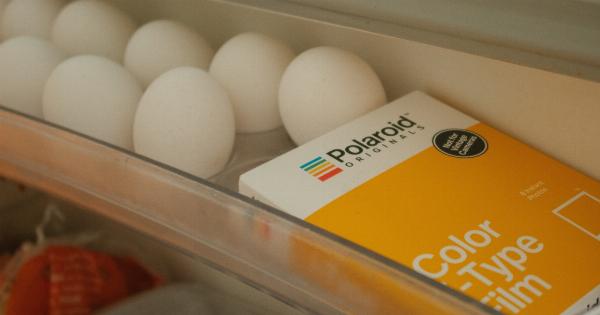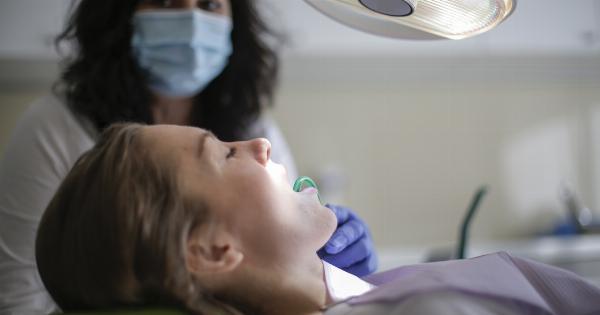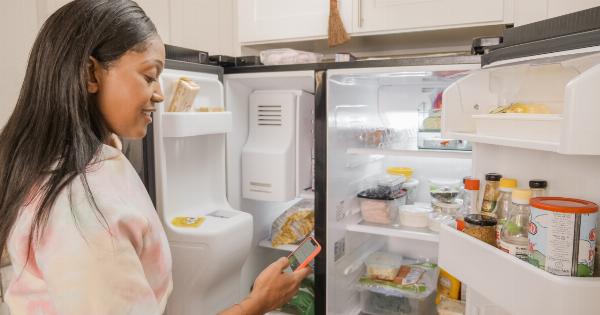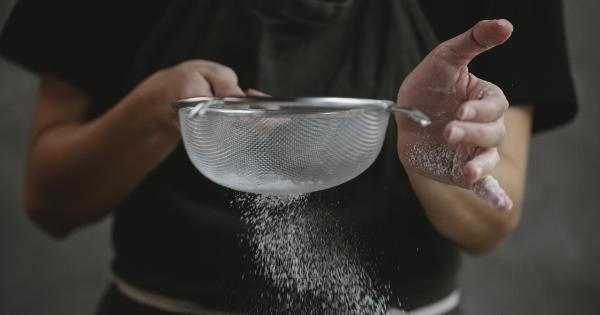Keeping your refrigerator clean and properly maintained is essential for preventing the growth of bacteria. Not only can bacterial growth affect the quality and taste of your food, but it can also pose serious health risks.
Here are some of the best ways to prevent bacteria growth in your refrigerator:.
Clean spills immediately
One of the most important steps in preventing bacteria growth in your refrigerator is to clean up spills as soon as they happen. Spills can contaminate other food items and create a breeding ground for bacteria.
Use a mild detergent or a mixture of vinegar and water to wipe down the affected area, and make sure to dry it thoroughly afterwards.
Regularly sanitize the interior
Regularly sanitizing the interior of your refrigerator is crucial for maintaining a clean and bacteria-free environment. Remove all the food items and shelves, and wash them with warm soapy water.
For the interior, use a solution of one part vinegar and three parts water to wipe down all the surfaces. This will help kill any lingering bacteria and remove any odors.
Properly store leftovers
Leftovers are a common source of bacteria growth in refrigerators. To prevent this, make sure to cool your leftovers before storing them in the fridge and cover them with an airtight lid or wrap them tightly with aluminum foil or plastic wrap.
Label them with the date and consume them within the recommended time frame to avoid any potential bacterial contamination.
Monitor temperatures
It’s crucial to maintain the proper temperature in your refrigerator to prevent bacteria growth. Keep your refrigerator temperature at or below 40°F (4°C) and your freezer temperature at 0°F (-18°C).
Use a refrigerator thermometer to regularly check and monitor the temperature to ensure that it stays within the safe range.
Organize your fridge
Proper organization can play a significant role in preventing bacteria growth. Place raw meats and seafood on the lower shelves to prevent any drippings from contaminating other food items.
Keep ready-to-eat foods, such as fruits and vegetables, on separate shelves to avoid cross-contamination. Additionally, store eggs in their original carton on a middle shelf rather than the refrigerator door, as the door experiences temperature fluctuations.
Regularly clean and replace the drip tray
The drip tray in your refrigerator collects condensation and other liquids. If not cleaned regularly, it can become a breeding ground for bacteria. Empty and wash the drip tray with warm soapy water at least once a month to prevent bacteria growth.
If your refrigerator has a removable drip tray, remove and clean it according to the manufacturer’s instructions.
Avoid overcrowding
Avoid overpacking your refrigerator, as overcrowding can restrict proper air circulation and lead to temperature fluctuations. Ensure that there is enough space between food items to allow for adequate cooling.
This will help maintain consistent temperatures and prevent bacteria growth.
Regularly replace water filters
If your refrigerator has a water dispenser or ice maker, it’s important to regularly replace the water filters.
Old and dirty filters can become a breeding ground for bacteria and other contaminants that can affect the quality of your water and ice. Follow the manufacturer’s instructions on how often to replace the water filters to keep your water and ice clean and safe.
Check expiration dates
Regularly check the expiration dates of the food items in your refrigerator. Discard any expired or spoiled items immediately to prevent the growth of bacteria. This will help maintain the overall cleanliness and safety of your fridge.
Keep your refrigerator odor-free
Unpleasant odors in your refrigerator can be a sign of bacterial growth. To keep your refrigerator smelling fresh and clean, place an open box of baking soda on a shelf to absorb odors.
Additionally, you can wipe the interior with a mixture of lemon juice and water to leave a fresh scent.
Conclusion
By following these best practices, you can prevent bacteria growth in your refrigerator, ensuring the safety and quality of your food.
Cleaning up spills promptly, regularly sanitizing the interior, and properly storing leftovers are some of the essential steps to maintain a bacteria-free environment. Monitoring temperatures, organizing your fridge, and replacing water filters are additional measures that contribute to a clean and healthy refrigerator.
Remember to regularly check expiration dates, clean the drip tray, and avoid overcrowding to further prevent bacterial growth. By implementing these practices, you can enjoy fresh and safe food every time you open your refrigerator.































